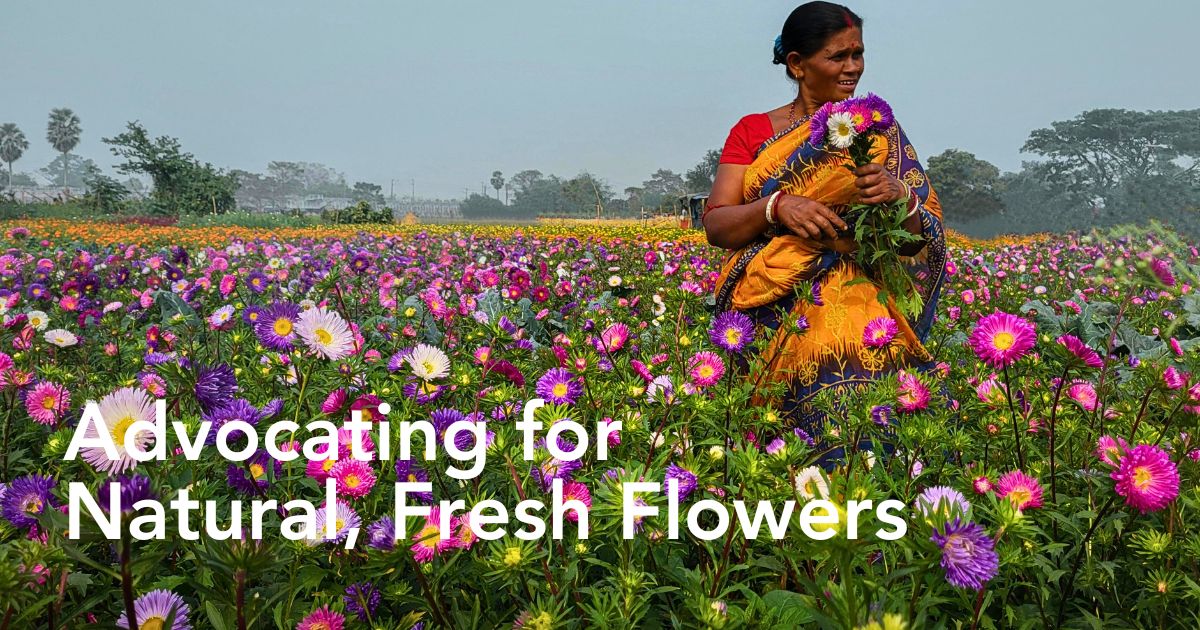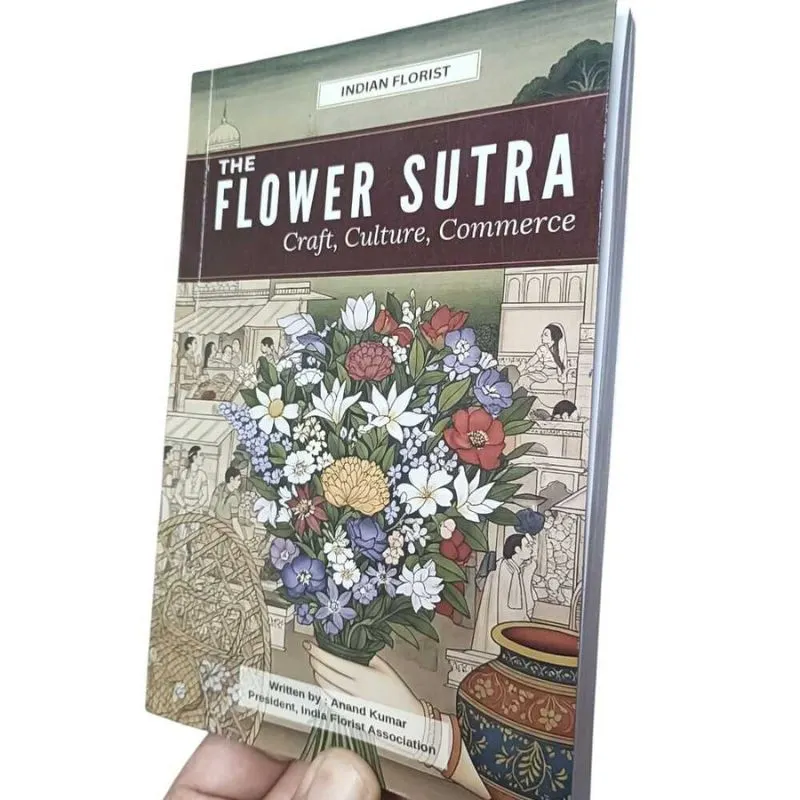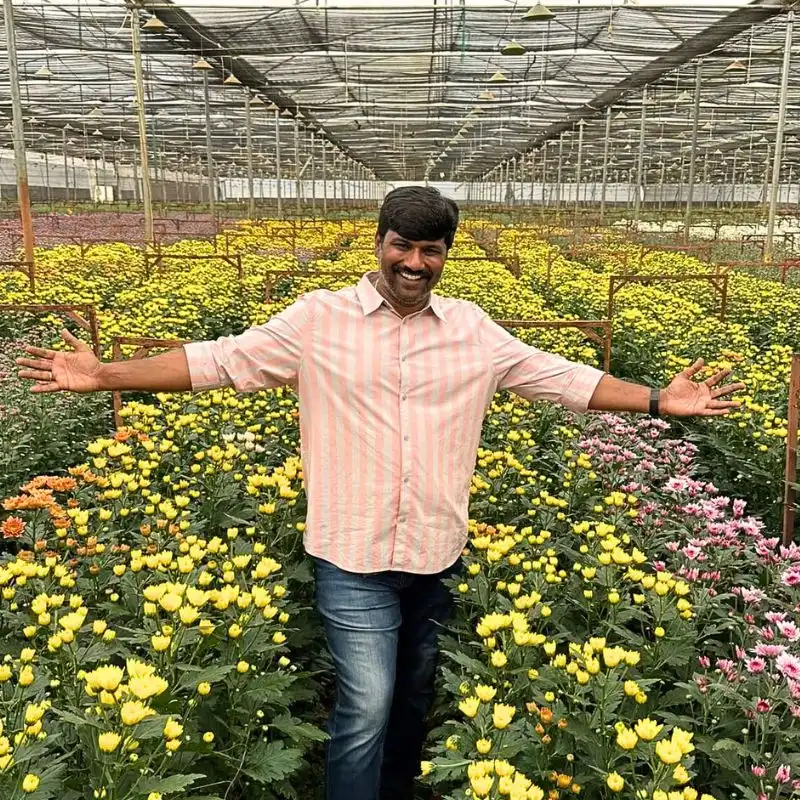Where devotion meets floral use in India's sacred spaces, and other places, quite a contradiction emerges. While millions of faithful approach temple altars with offerings intended for deific honor, in many instances, their synthetic flowers and garlands inadvertently contribute to environmental degradation and economic collapse. In urban landscapes and traditional ceremonies, plastic flowers have quietly infiltrated the country’s floral industry. Synthetic alternatives are taking over spaces that are traditionally reserved for natural flowers.
Thus, what appeared as a practical evolution is quickly escalating into a crisis that challenges vital connections between communities and their natural heritage. Yet from this puzzle, environmental advocates, flower growers, social entrepreneurs, and legal advocates who refuse to accept artificial convenience as inevitable progress are mobilizing against plastic proliferation. They question whether convenience justifies abandoning ages of sustainable practices. These drives embody India's push to promote authentic flowers over industrial imitations.
Flowers as an Important Element of Worship
Flowers are an important item of worship in India. The word puja, meaning worship, denotes fulfillment of the prescribed rituals (puryante sarva karmani) and the realization of the divine (jayate jnanam atmani), and flowers are always offered at different stages during these devotion practices.

But then again, the flowers offered by devotees in the temples and gurudwaras are often left unused, and cannot be dumped into garbage once they wilt, since many religious beliefs hold that these flowers, which have been offered during prayers, are sacred. So, they generate waste and negatively impact the environment. The situation becomes dire when plastic and artificial flowers are used instead of natural ones.
The Chemical Reality Behind Synthetic Flower Sanctity
The dangers lurking within artificial flowers go beyond their obvious plastic composition into something more insidious. These seemingly harmless decorative items, typically measuring between 29-30 microns in thickness—significantly thinner than the 100-micron threshold established for single-use plastic bans—contain compounds classified as possible human carcinogens by the International Agency for Research on Cancer.

Maharashtra legislator Mahesh Shinde once raised alarming concerns in the state assembly, warning that artificial flowers contain titanium dioxide and other toxic compounds that pose serious health risks to users. His observations echo growing scientific evidence that these flowers’ ultra-thin construction makes them particularly prone to fragmentation. And that, when degraded through environmental exposure, they release microplastics into soil and water systems, where they remain long after, and infiltrate biological systems, creating a cascade of ecological damage that persists for ages.
Also, when one handles these flowers during religious ceremonies, they unknowingly expose themselves to toxic substances that can induce cellular oxidative stress, DNA damage, and potentially contribute to respiratory ailments through prolonged inhalation. Modern synthetic petals, likewise, contain volatile organic compounds (VOCs), including formaldehyde, benzene, and toluene, which release harmful fumes, particularly when exposed to heat or direct sunlight. These chemical emissions create indoor air pollution that triggers respiratory issues, headaches, and long-term health complications.

Aside from basic plastic polymers, cheap artificial flowers often contain heavy metals, including lead, cadmium, and mercury, used in color stabilization processes. Their manufacturing frequently employs phthalates as plastic softeners and flame retardants that have been banned in many countries due to their endocrine-disrupting properties. When one handles these materials, they unknowingly expose themselves to compounds that accumulate in tissues and potentially contribute to developmental disorders and reproductive health issues.
Damaging to the Environment
Moreover, their environmental impact is equally devastating. Unlike natural flowers that decompose within days, plastic alternatives remain virtually intact for hundreds of years, accumulating in landfills and water bodies across India, where they fragment into microplastics that enter food chains. Their persistence creates long-term ecological damage to soil fertility, aquatic ecosystems, and agricultural productivity throughout affected regions. Plus, their non-biodegradable nature makes them particularly problematic for waste management systems already strained by fast urbanization.
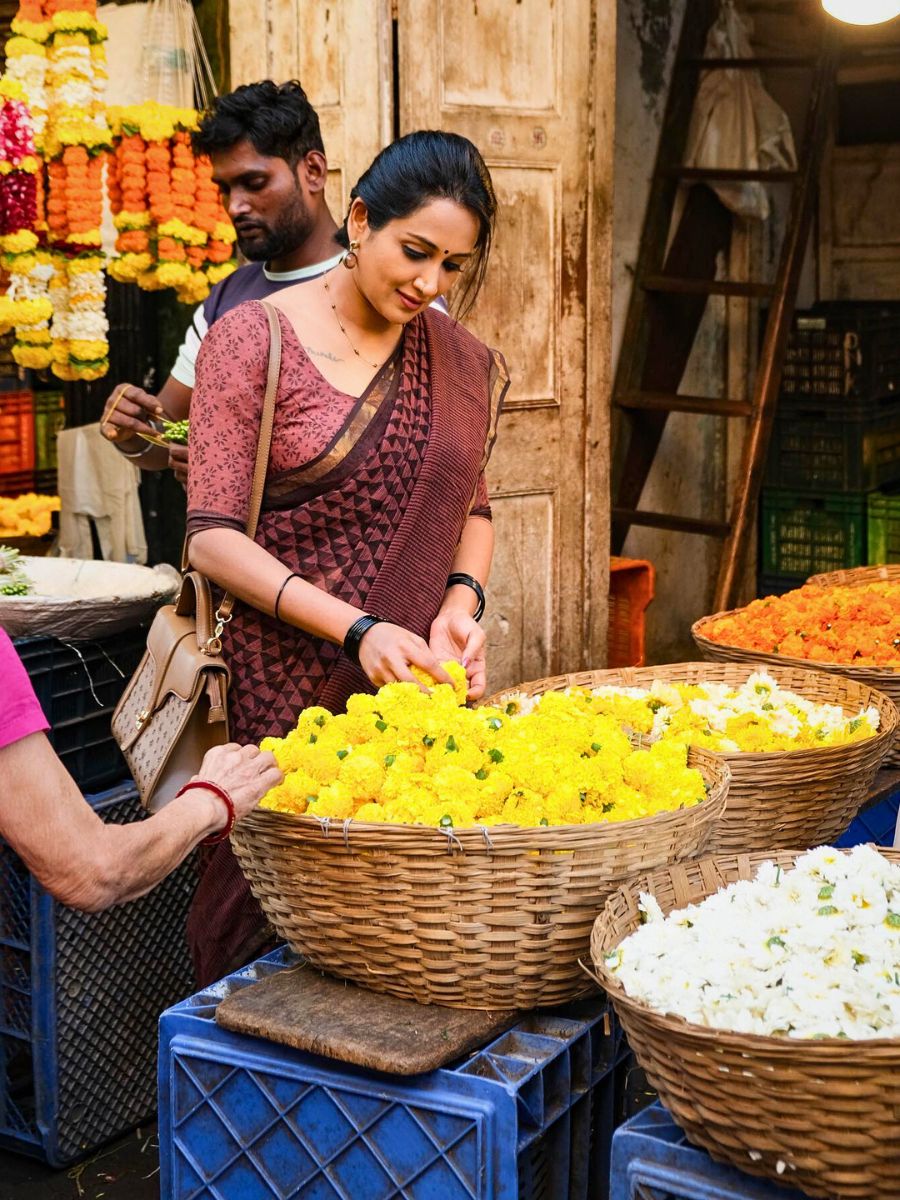
Economic Devastation Across Floriculture Communities
The artificial flower invasion has also systematically destroyed India's traditional flower cultivation, creating widespread economic downturn throughout rural communities. Growers describe how fresh flower prices have dropped up to 30-40% during peak seasons due to synthetic competition, making cost recovery impossible for those who invested heavily in government-subsidized polyhouse infrastructure. Many even face bankruptcy.
Still, yet, the synthetic flower menace has forced greenhouse numbers dedicated to flower cultivation to collapse, a decline that left entire villages economically stranded. Some villages even teetered on complete floriculture extinction as growers abandoned flower cultivation for subsistence crops that offered minimal profitability. Srikanth Bollapally, who represents the Growers' Flower Council of India (GFCI), noted that wedding decorators previously consumed 75-80% of cut flower production during peak seasons, but with the emergence of artificial alternatives, the faux flowers captured up to 80% of that market, leaving natural producers with reduced demand. This has had ripple effects throughout the floriculture supply chain, affecting transportation networks, wholesale markets, and retail vendors who built their livelihoods around seasonal flower commerce.
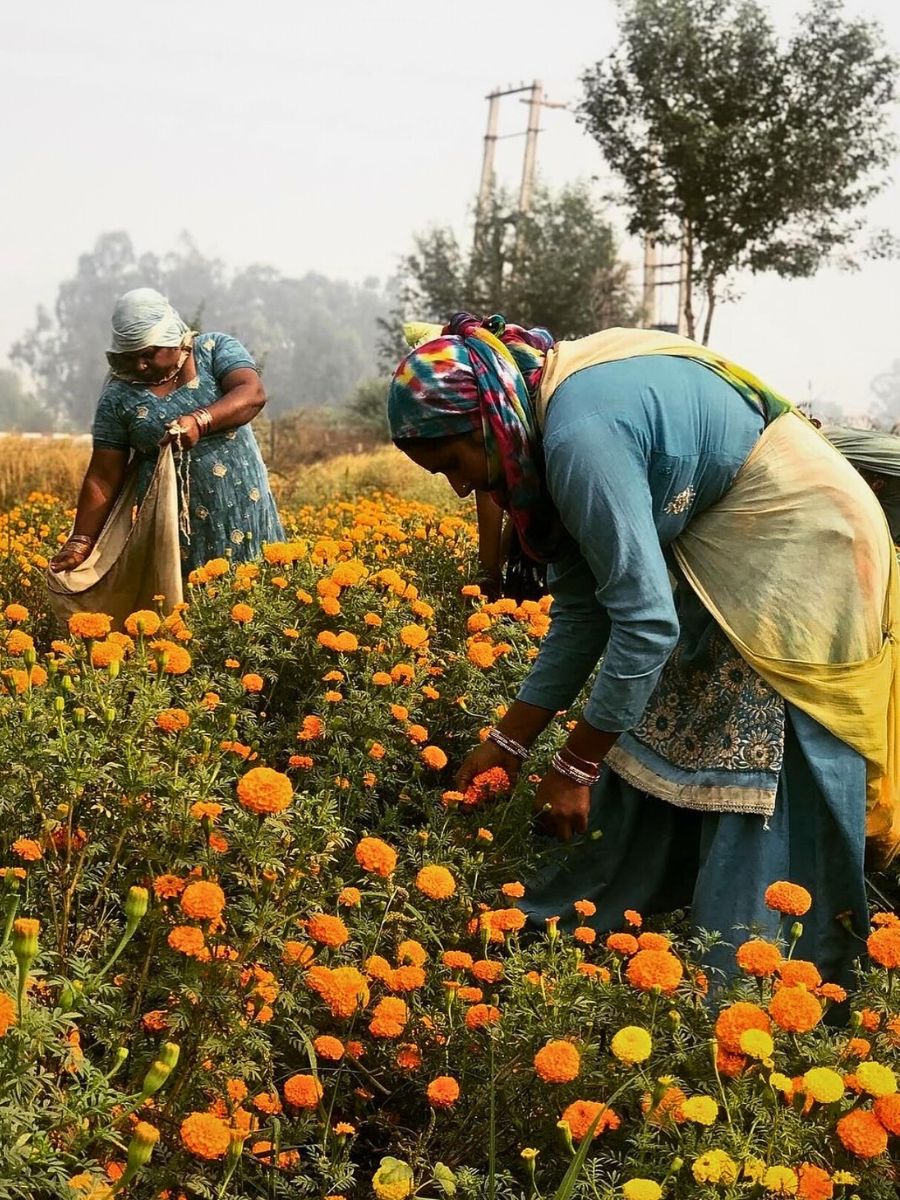
Legal and Courtroom Battles
In recent years, India's judicial system has become the primary battleground where activists challenge the regulatory inconsistencies that permit artificial flowers while banning similar plastic items. The GFCI has, for instance, filed comprehensive petitions in the Bombay High Court, arguing that synthetic flowers measuring 29-30 microns should face immediate prohibition under existing single-use plastic regulations.
Then and there, judges like Chief Justice Devendra Kumar Upadhyaya and Justice Amit Borkar emerged as unlikely environmental champions, repeatedly questioning government representatives about regulatory gaps that exclude artificial flowers from plastic waste management frameworks. Their pointed inquiries, like, “Are you sure plastic flowers can be recycled, or that they are biodegradable?” forced bureaucratic acknowledgment of policy inconsistencies that environmental advocates have highlighted for years.
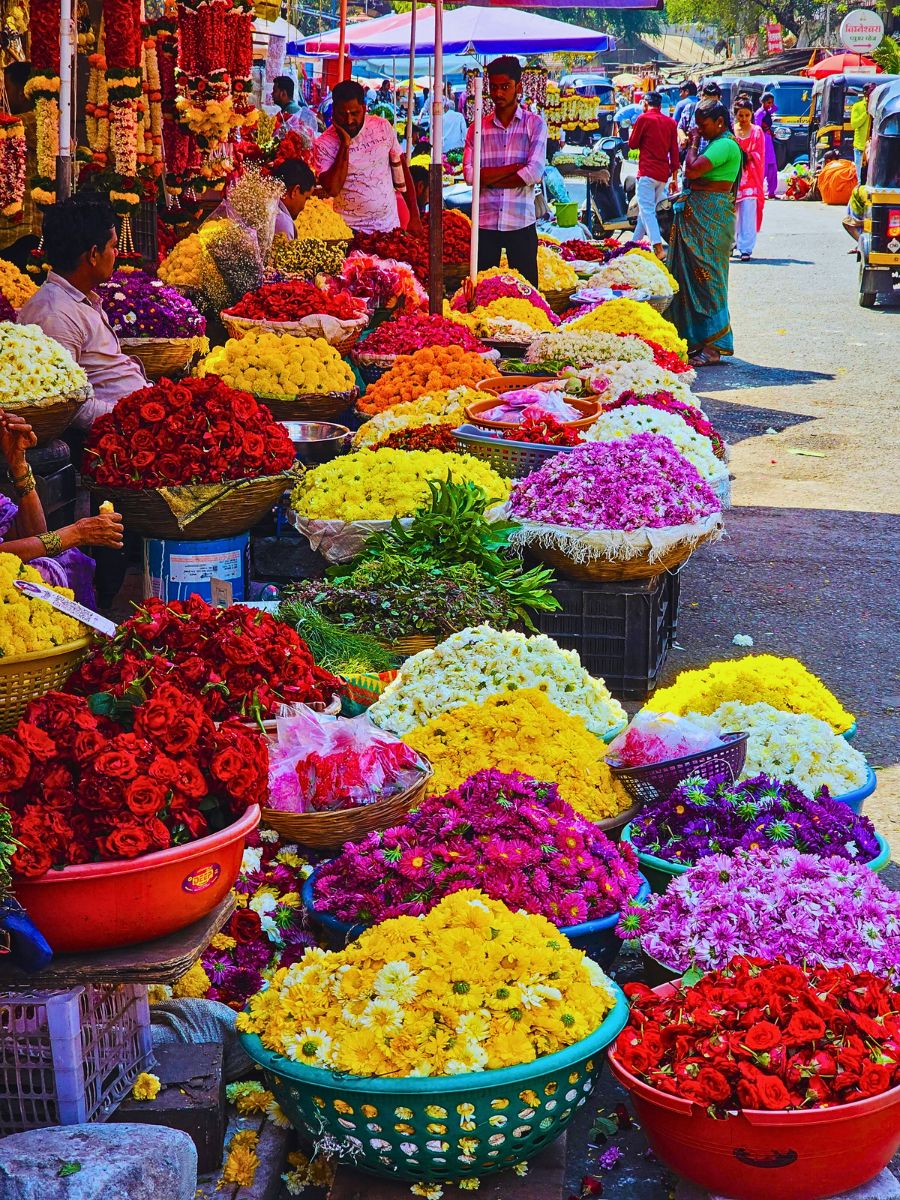
Important questions about environmental justice also emerged, with Advocate Aseem Naphade, representing GFCI, demonstrating how the Maharashtra Pollution Control Board banned plastic items under 100 microns while simultaneously permitting artificial flowers of identical thickness to circulate freely. The selective enforcement, he held, created market distortions that favor imported synthetic products over domestic agricultural production, raising constitutional questions about equal protection and regulatory fairness.
Regional Policy Victories and Legislative Momentum
The comprehensive ban of artificial flowers in Maharashtra—a key flower-producing state—was the peak of sustained advocacy pressure from individuals like legislators Mahesh Shinde and Rohit Patil, as well as different stakeholder groups. Horticulture Minister Bharat Gogawale announced the prohibition following extensive consultations with Chief Minister Devendra Fadnavis, explicitly acknowledging the damaging impact on local floriculture communities.

The decision emerged directly from legislative pressure applied by representatives from flower-growing constituencies who documented the industry's economic collapse while highlighting health risks associated with synthetic materials. The policy victory showed how coordinated advocacy can defeat entrenched commercial interests. The ban announcement came strategically before the festive season, maximizing its impact on traditional flower demand while providing natural growers with renewed market opportunities.
Karnataka also pursued complementary approaches through large-scale awareness campaigns rather than immediate prohibitions. The state's Department of Horticulture partnered with the International Flower Auction Centre to distribute 200,000 organic flowers at Bangalore's Lalbagh while educating people about artificial alternatives' environmental consequences. Such an educational strategy builds long-term consumer awareness that supports market-based shifts toward natural floral products.

Elsewhere, drives have taken place in cities like Bengaluru, promoting the use of organic, locally grown flowers over plastic flowers to support local farmers and reduce environmental damage. These, and others, show significant victories in the adoption of natural and grown flowers.
Technology and Innovation in Sustainable Alternatives
Progressive supporters of the use of natural flowers have, in recent years, developed refined alternatives that address both environmental concerns and economic needs displaced by artificial flower proliferation. Temple committees across India have, for instance, pioneered practical alternatives that offer viable alternative approaches to artificial flower dependence.
The Kashi Vishwanath Dham in Varanasi implemented comprehensive plastic bans that extended past single-use items to include plastic containers, requiring worshippers to use traditional materials for offerings and flower presentations. This audacious approach created cultural precedents that other religious institutions could emulate.

Elsewhere, Prateek Kumar and Ankit Agarwal founded Phool.co, which has changed temple waste management by transforming discarded flowers into luxury incense products, organic fertilizers, and other biodegradable alternatives. They collect tons of flowers daily from venues, including temples across Uttar Pradesh, and employ hundreds of individuals from low-income backgrounds.
The HelpUsGreen initiative also does the same, showing scalable solutions that address both environmental and social challenges concurrently. Founded by Karan Rastogi, who witnessed the Ganges marred by floral waste and turned this challenge into an innovative solution, this initiative turns tons of daily flower waste into handcrafted incense products, generating income while preventing organic material from polluting waterways.
The Andhra Pradesh-based flower recycling facility is designed to process up to 12 tons daily while employing several hundred people. It also showcases a model that other temple cities can adopt, establishing facilities that create economic ecosystems that support traditional flower cultivation while employing marginalized communities previously dependent on informal waste collection.
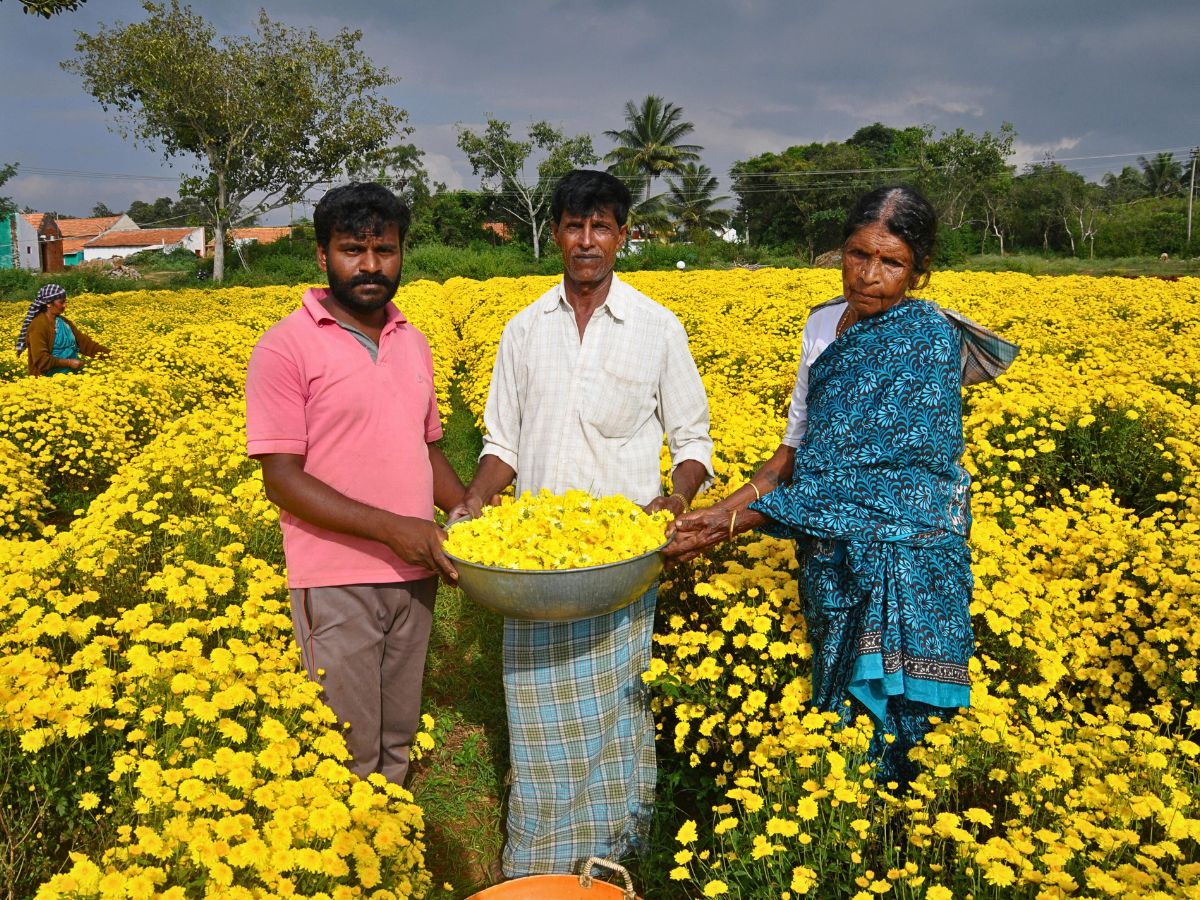
Cultural Preservation Through Environmental Action
In essence, the campaign against artificial flowers is much more about broader efforts to preserve authentic Indian cultural practices against industrial standardization. Culturally, traditional flower offerings carry the kind of spiritual significance that synthetic alternatives cannot reproduce, involving seasonal cycles, agrarian knowledge, and artisanal skills passed down through generations. Advocates argue that accepting artificial substitutes diminishes religious experiences while severing connections between urban devotees and rural cultivator communities.
Temple priests and religious authorities also increasingly support natural flower initiatives as they recognize the contradiction between synthetic offerings and spiritual authenticity. The Mahabodhi Temple in Bodh Gaya and other significant religious sites have implemented comprehensive plastic prohibitions that include flower offerings, creating examples that influence devotee behavior. Community-based alternatives also show how religious traditions can support environmental sustainability while preserving cultural integrity. They repurpose temple flower waste into natural products that maintain spiritual influences while addressing practical waste management challenges.

Essentially, success in cutting artificial flowers requires coordinated action across all sectors. Efforts should combine policy initiatives, economic incentives, community education, religious institutions, and innovation. The growing environmental and health awareness among consumers also suggests that a mindset shift remains achievable through sustained advocacy, addressing basic and practical needs, and cultural values, as well as the complex interconnections between tradition, commerce, and conservation in contemporary Indian society.
Feature image by @hrp_capture07. Header image by Monojit Dutta.

